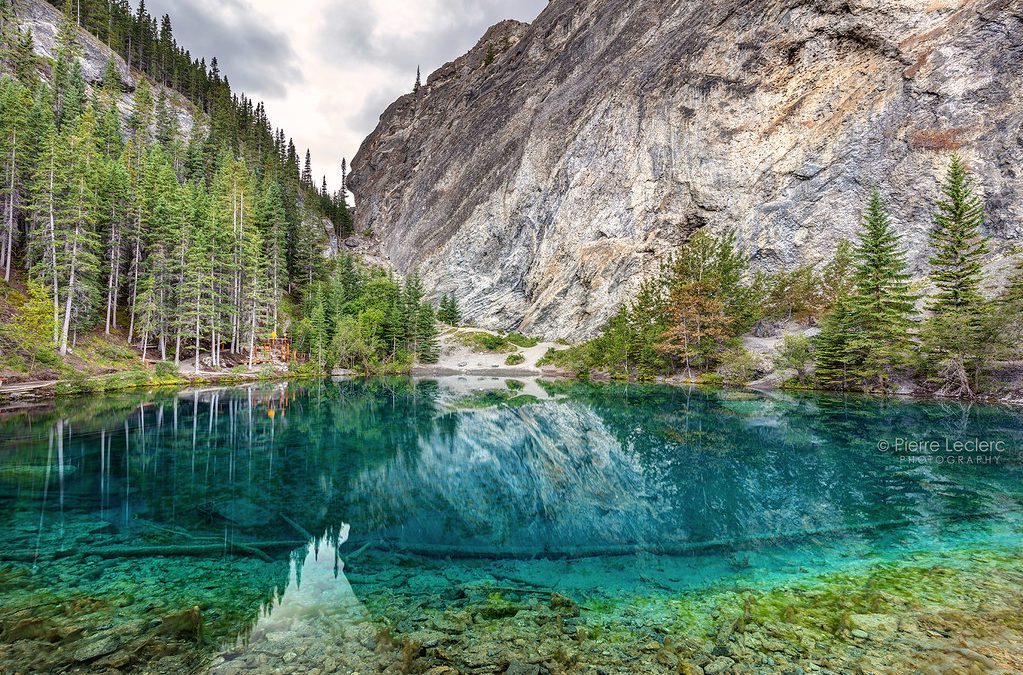More Climbers Are Stick Clipping Up Routes
Stick clipping can save time, help prevent injuries and allow you to safely project a route

When I started climbing 25 years ago, there were far fewer climbers using stick clips. And those who did often had the skills to make their own. Long tree branches with layers of hockey tape wrapped around the end could be found at most popular crags.
In some climbing circles, it was kind of looked down on to use stick clips. Even now, there are climbers who think it’s more pure or macho or cool or something to not use them. I can’t count how many serious injuries I’ve seen from climbers falling below the first bolt. My first climbing partner quit the sport after decking and breaking bones. He was too proud to use a stick clip and now has a fused ankle.
To me, there’s no reason to not be as safe as can be when climbing a route that’s fixed with bolts. The whole purpose of sport climbing is to perfect your physical performance, and that’s hard to do when you’re scared. Having had the opportunity to watch several of the world’s best climbers project routes, I can say from experience that most of them, if not all, use stick clips.
Knowing when and where to run it out is a skill, and there’s a time and place for that, but there’s also a time and place for using a stick clip. They can speed things up and save your ankles. Not to mention that fewer injuries at crags can only help maintain access; landowners don’t like people getting injured on their property. It’s great to see more climbers using stick clips when attempting routes at their limits.


